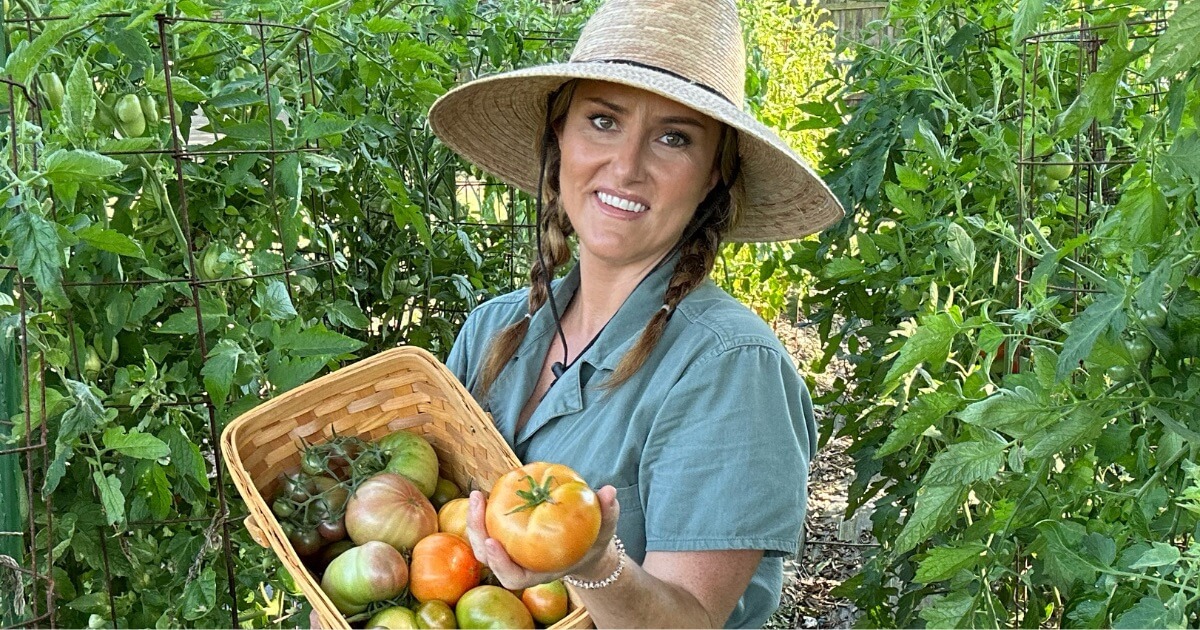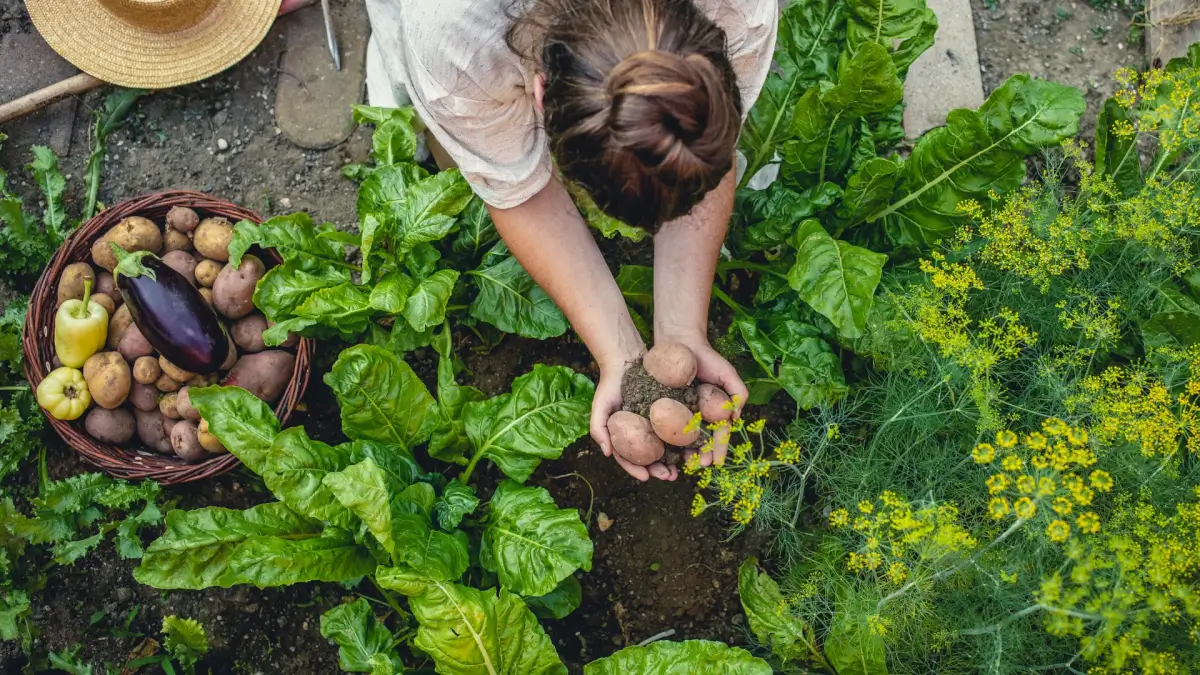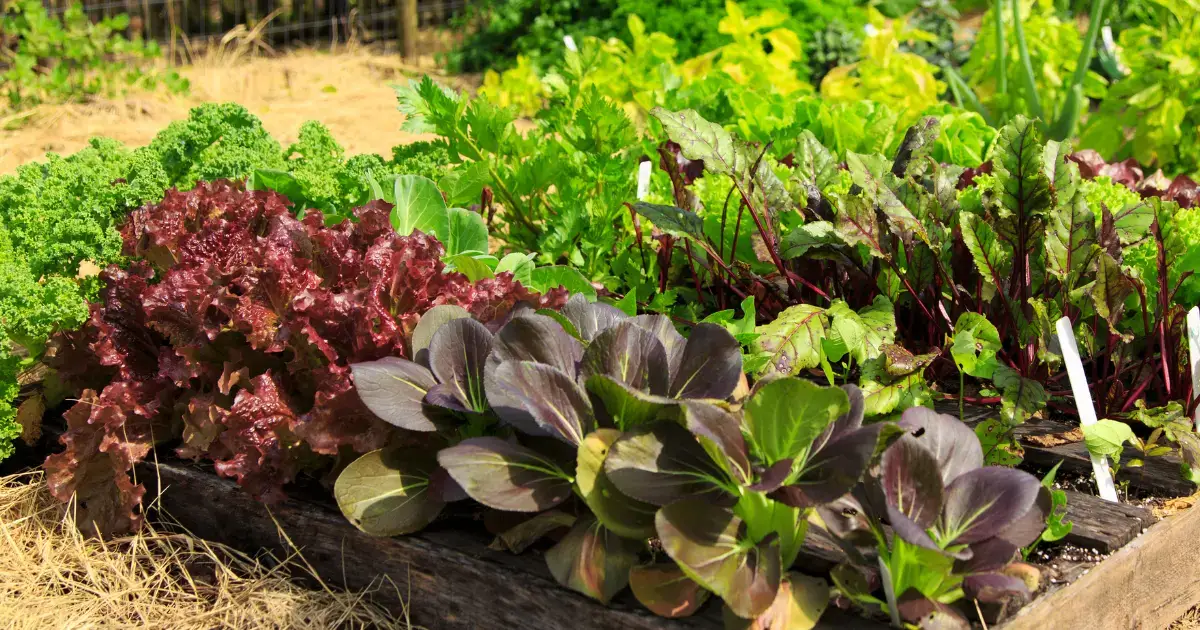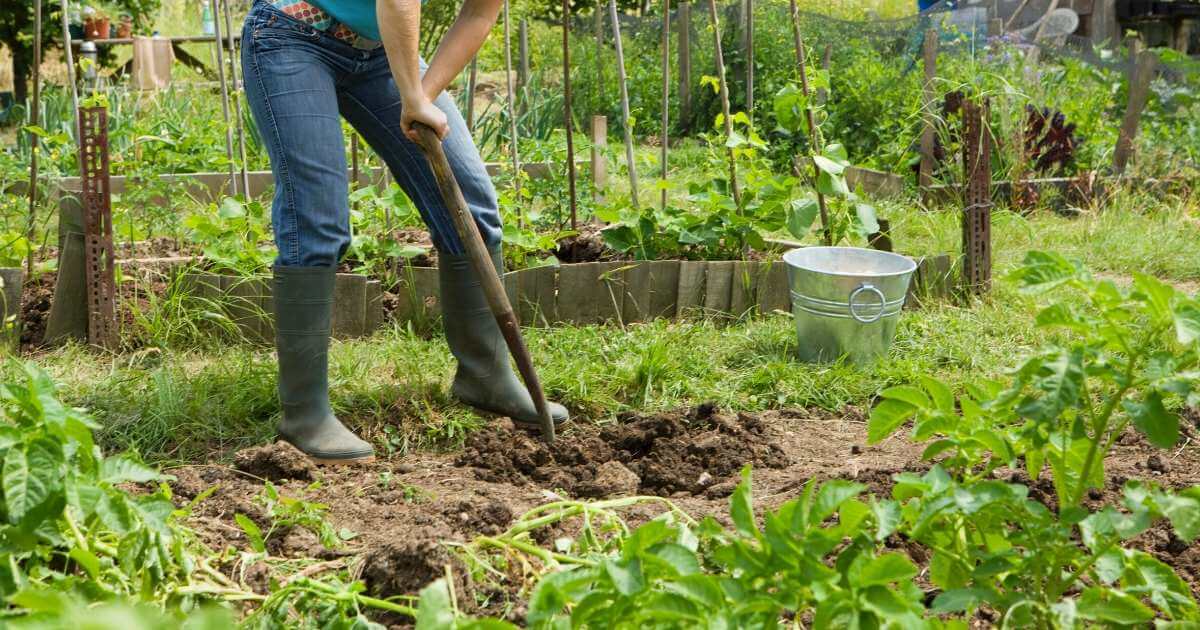
Our mission at The Dallas Garden is to provide timely, research-based information that empowers North Texans to grow thriving gardens that nourish the body, the mind, and the community at large.
The direct research that guides our advice and recommendations requires growing large amounts of produce. As a result, most of the produce is donated to organizations that support those in need.
Today, The Dallas Garden invites our readers to join in this commitment to serve others with “Plant A Row for the Hungry”, an initiative sponsored by GardenComm (formerly Garden Writers Association).
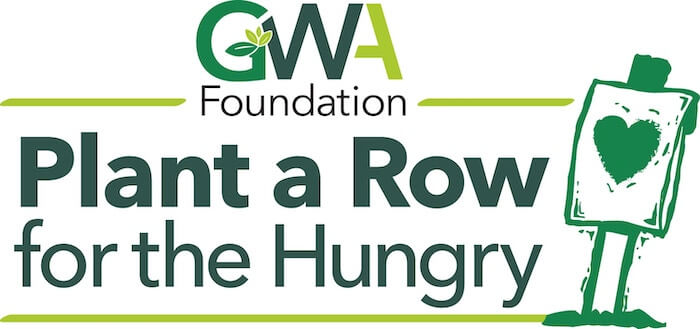
How to Plant A Row for the Hungry
- Dedicate one extra row in your garden to growing food that will be donated.
- Plant varieties that are popular at food pantries. For instance, we have received feedback popular produce includes cabbage, greens (collard, turnip, etc), tomatoes, onions, sweet peppers, spaghetti squash, summer squash, and spinach.
- Keep a record of what you have donated and how much it weighed.
- Take a photo of what you donate.
- Submit your donation information to The Dallas Garden, if desired. We will publish a summary of readers donations, and also feature donations on our social media accounts (with your approval).
Where to donate your homegrown produce
Ample Harvest hosts an online tool to find local food pantries that will accept your produce. Here.
However, before you take produce to a pantry, it is very important to take the following steps for donating responsibly:
How to donate produce responsibly
- CALL THE PANTRY FIRST. Not all food pantries will accept homegrown produce. Because of that, it is critically important that you call ahead to determine the following: 1) Do they accept homegrown produce? 2) What kinds of produce are they accepting? 3) What are the best days and times to drop off the produce?
- Only donate produce of the highest quality. Donated produce must free of pests, serious blemishes, or any evidence of rot. If possible, donate produce on the same day it is harvested. Always harvest produce in the morning.
- Thoroughly wash produce. Your homegrown produce must look as good as produce that you would buy in the grocery: cleaned, trimmed, and large enough to be usable. Save all produce that is “imperfect” for your own kitchen. By only donating the highest-quality produce, you are demonstrating respect for the pantry patrons.
Submit a record of your donation to The Dallas Garden
[wpforms id=”1205″ title=”false” description=”false”]
- Can Eating Tomatoes Help Prevent Weight Gain? New Study Says Yes - May 25, 2025
- New to Gardening? Join Our Step-by-Step Beginner Gardening Class - April 24, 2025
- Why “Intensive” Gardening is Not Good - March 9, 2025

